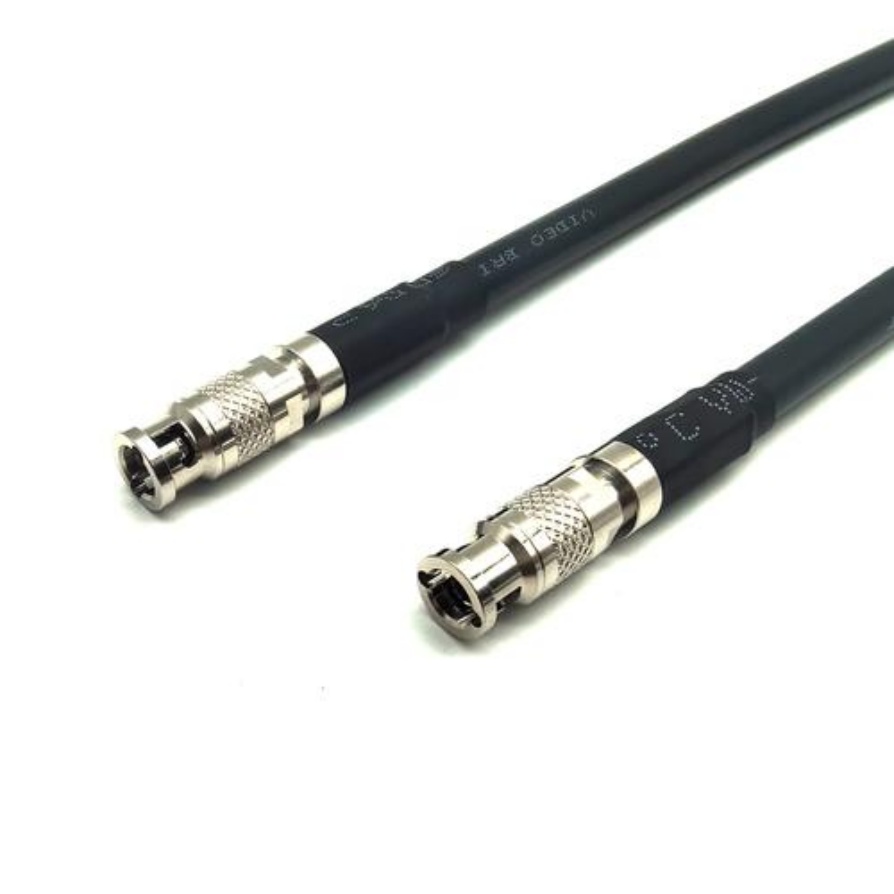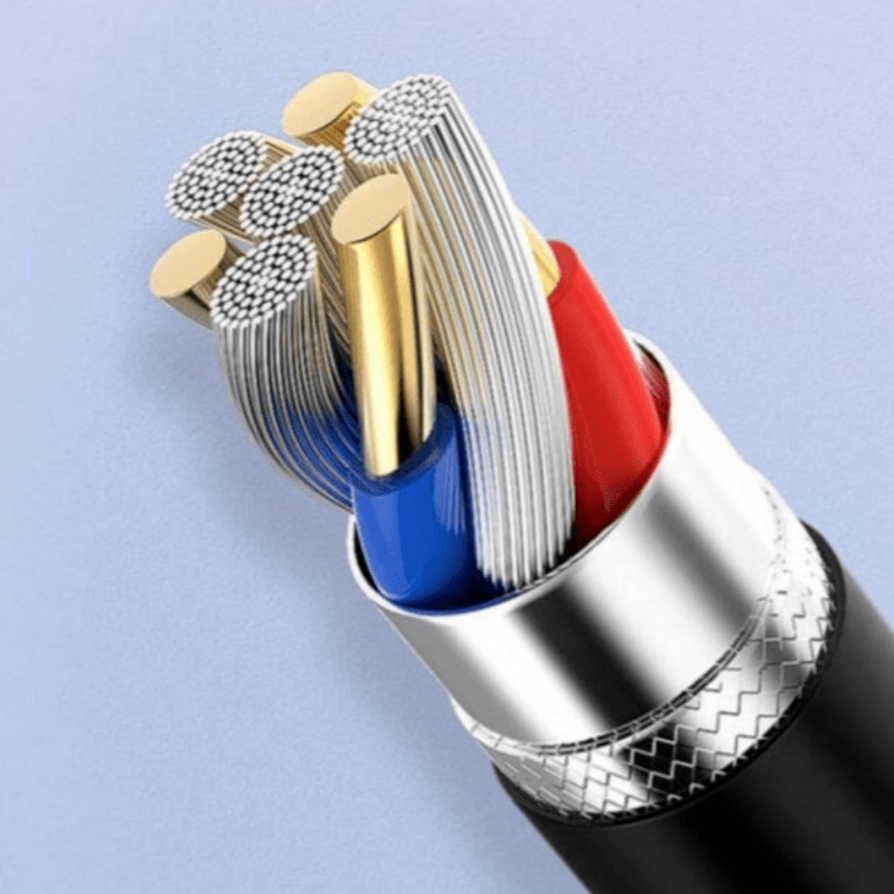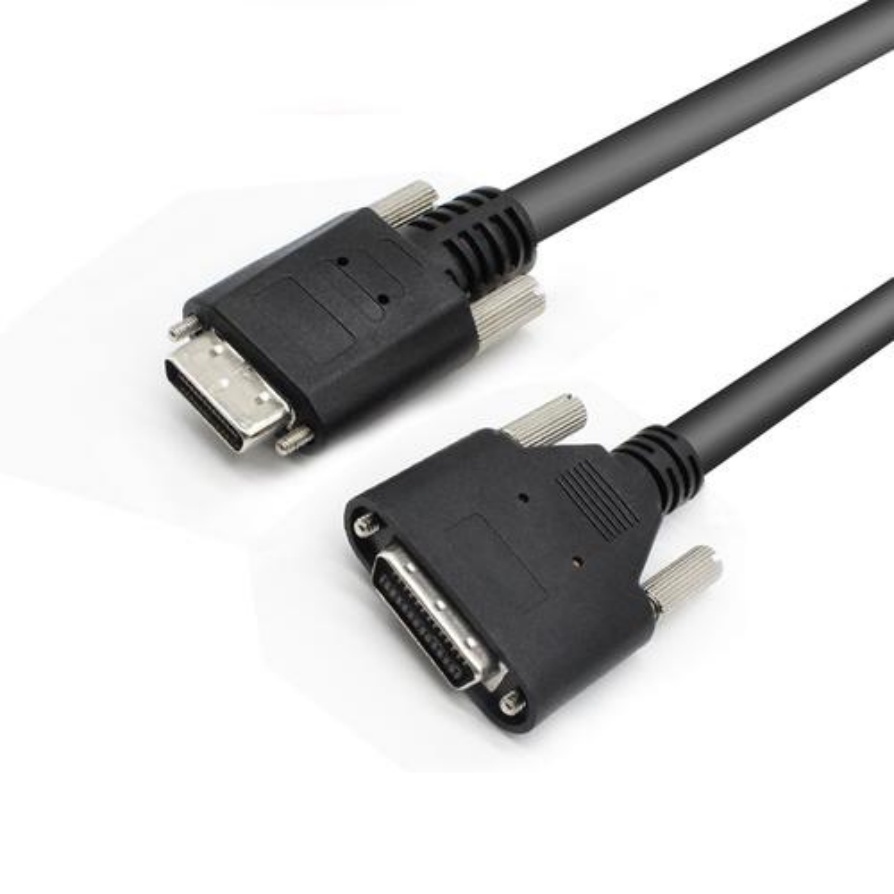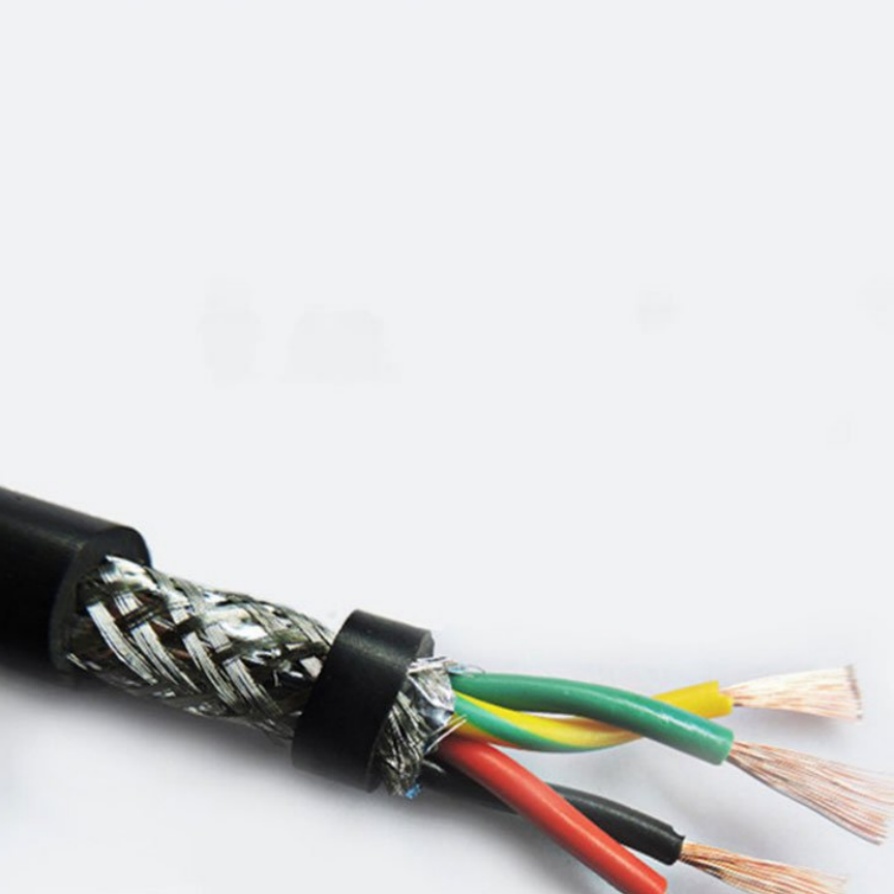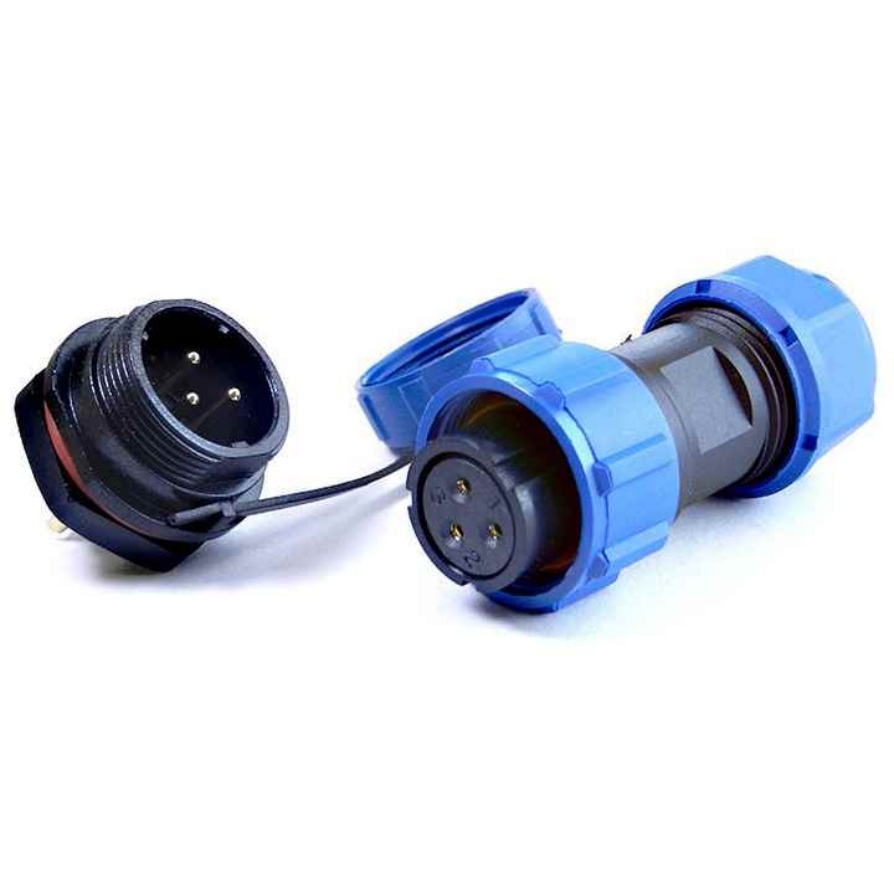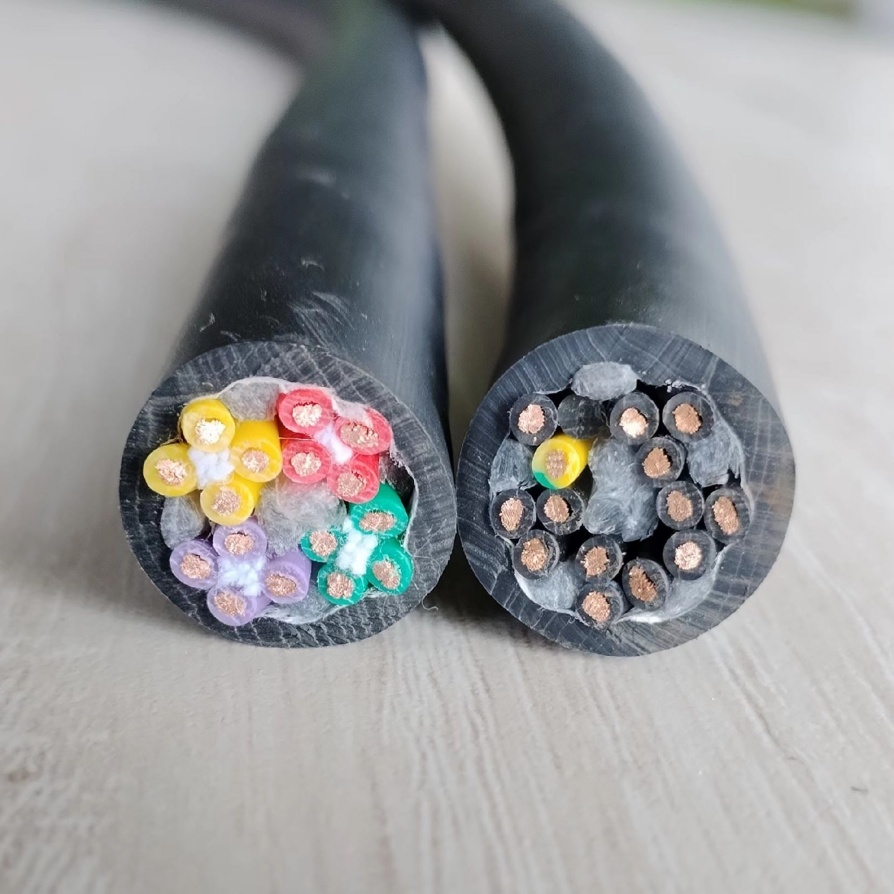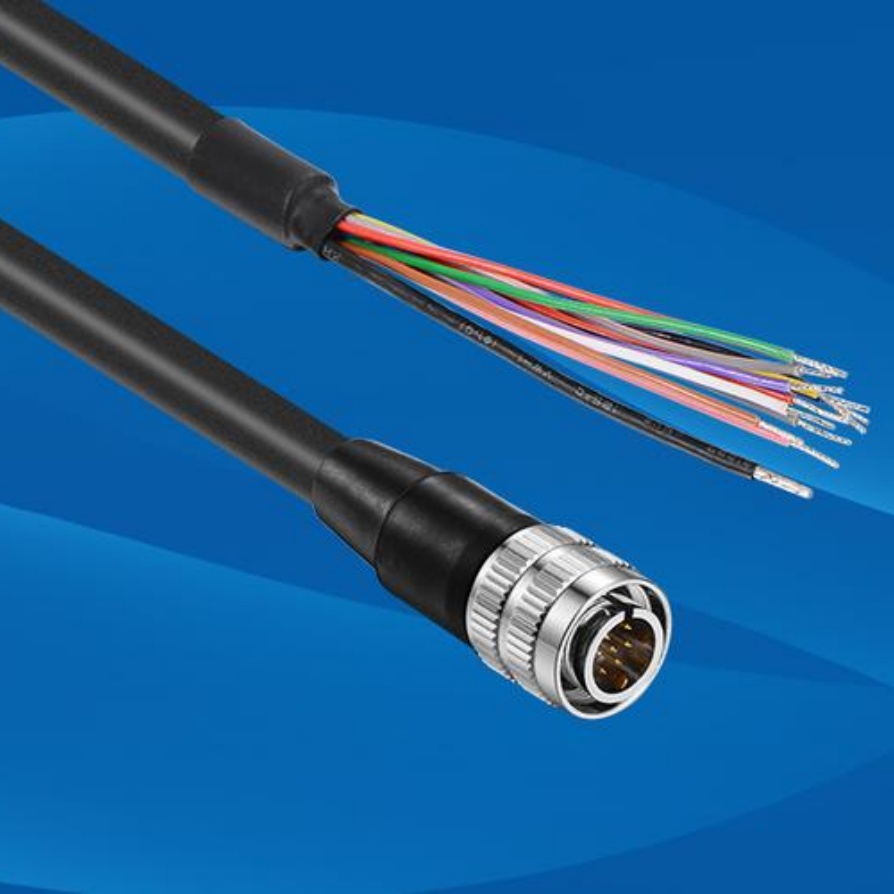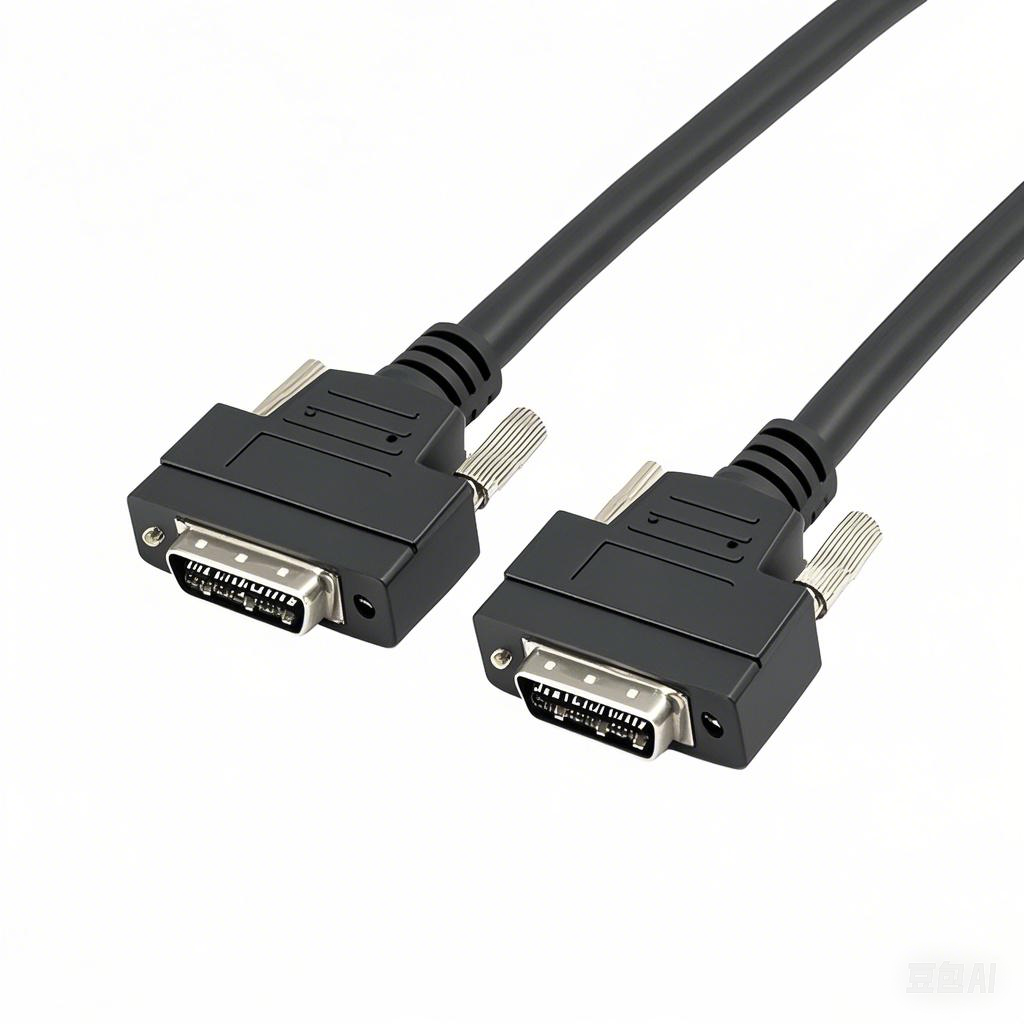What is the effect of vibration on machine cable?
Machine cables are the lifelines of industrial operations, powering motors, transmitting control signals, and connecting critical equipment in sectors like manufacturing, automotive, and aerospace. However, one of the most common and destructive forces they face is vibration—a persistent issue in machinery with moving parts, rotating components, or operational shocks. The effect of vibration on machine cable is far-reaching, impacting not only the cable’s performance but also the safety, efficiency, and longevity of the entire industrial system. Below is a detailed breakdown of these effects, their root causes, and real-world implications.
1. Mechanical Damage: The First Line of Degradation
Vibration exerts repeated mechanical stress on machine cables, leading to gradual but irreversible damage to their physical structure. This is among the most immediate and noticeable effects of vibration on machine cable, as it directly compromises the cable’s ability to withstand operational demands.
a. Bending Fatigue and Conductor Breakage
Machine cables are often routed in tight spaces, alongside moving parts (e.g., conveyor belts, robotic arms) or attached to vibrating surfaces (e.g., motor housings, pumps). When vibration occurs, the cable undergoes constant flexing and bending—sometimes thousands of cycles per minute. Over time, this repetitive motion causes “bending fatigue” in the cable’s conductors (typically copper or aluminum strands). The conductors, which are designed to be flexible but not infinitely durable, develop micro-cracks at stress points (such as where the cable exits a connector or bends around a bracket). As vibration continues, these cracks spread, weakening the conductor until it snaps.
For example, in a manufacturing plant using high-speed packaging machinery, a cable powering the machine’s drive motor may vibrate at 50 Hz (3,000 cycles per minute). Within 6–12 months, the conductor strands can break, leading to intermittent power loss or complete motor failure. This not only halts production but also requires costly emergency repairs—all traceable to the effect of vibration on machine cable.
b. Outer Sheath and Jacket Wear
The outer sheath (or jacket) of a machine cable is designed to protect internal components from dust, moisture, and physical abrasion. However, vibration accelerates wear on this protective layer. When a cable vibrates against adjacent surfaces—such as metal frames, other cables, or concrete floors—the repeated friction strips away the sheath’s material (often PVC, polyurethane, or neoprene). Over time, the sheath becomes thin, cracked, or even torn, exposing the inner insulation and conductors to contaminants.
In harsh environments like automotive assembly lines, where cables are exposed to oil, grease, and constant vibration from welding robots, this wear is accelerated. A damaged sheath can allow oil to seep into the cable, corroding conductors and causing short circuits—a direct consequence of the effect of vibration on machine cable.
2. Deterioration of Electrical Performance: From Signal Interference to Power Loss
Beyond mechanical damage, vibration severely impairs the electrical functionality of machine cables. For cables that transmit power or sensitive control signals, this degradation can lead to operational inefficiencies, equipment malfunctions, and safety hazards—making it a critical effect of vibration on machine cable.
a. Increased Electrical Resistance
The conductors in machine cables rely on a continuous, unbroken path to transmit current. When vibration causes conductor strands to break (as discussed in Section 1a), the cross-sectional area of the conductor decreases. A smaller cross-section increases electrical resistance, which in turn leads to “I²R heating” (power loss as heat). This heating not only wastes energy but also raises the cable’s temperature, further weakening the insulation and accelerating conductor degradation.
In industrial settings like power generation plants, where cables carry high currents to turbines, even a 10% increase in resistance can lead to a 20% rise in heat output. This can trigger thermal overload protection systems, shutting down equipment unexpectedly. In extreme cases, overheating can ignite the cable’s insulation, causing fires—all stemming from the effect of vibration on machine cable.
b. Signal Distortion and Interference
Many machine cables (e.g., those used in CNC machines, sensors, or automated guided vehicles) transmit low-voltage, high-precision signals. Vibration disrupts these signals in two key ways: first, it causes microscopic movement between the cable’s conductors and shielding, creating “microphonics” (electrical noise generated by mechanical motion). Second, it loosens connections between the cable and its terminals, introducing contact resistance that distorts signal quality.
For example, in a semiconductor manufacturing facility, a vibration-damaged cable connecting a laser sensor to a control system may transmit distorted signals. This could cause the sensor to misread wafer positions, leading to defective products and costly production delays. Such issues highlight why understanding the effect of vibration on machine cable is essential for maintaining precision in industrial processes.
3. Accelerated Insulation Aging: Compromising Safety and Reliability
The insulation layer of a machine cable (between conductors and around the entire cable core) is critical for preventing short circuits and electrical shocks. Vibration accelerates the aging of this insulation, reducing its dielectric strength (ability to resist electrical breakdown) and lifespan—a hidden but dangerous effect of vibration on machine cable.
a. Material Degradation and Crack Formation
Insulation materials (e.g., XLPE, EPDM, or Teflon) are elastic but prone to “fatigue aging” under repeated vibration. The constant stress of vibration causes the insulation to lose its flexibility over time, becoming brittle. As brittleness increases, the insulation develops small cracks—especially at points where the cable is fixed or bent. These cracks allow moisture, dust, or chemicals to penetrate the cable, corroding conductors and increasing the risk of short circuits.
In food processing plants, where cables are exposed to washdowns with water and cleaning chemicals, vibration-induced insulation cracks are particularly problematic. Water seeping into the cable can cause ground faults, triggering electrical shutdowns and violating hygiene standards. This underscores how the effect of vibration on machine cable extends beyond equipment damage to regulatory compliance and operational safety.
b. Dielectric Breakdown
As insulation ages and cracks, its dielectric strength decreases. When the voltage applied to the cable exceeds the insulation’s weakened dielectric strength, “dielectric breakdown” occurs—an electrical arc forms through the insulation, causing a short circuit. This can damage connected equipment (e.g., controllers, motors) and pose a severe shock hazard to workers.
In heavy industries like mining, where cables power large excavators or crushers, dielectric breakdown from vibration-induced insulation damage can lead to catastrophic failures. For instance, a short circuit in a power cable could disable a mining shovel, halting production for days and costing hundreds of thousands of dollars in lost revenue. This demonstrates the financial and operational stakes of ignoring the effect of vibration on machine cable.
4. Connector and Termination Failure: The “Weak Link” in the System
Machine cables rely on connectors and terminations (e.g., crimps, soldered joints, or terminal blocks) to connect to equipment. These connections are often the weakest points in the cable system, and vibration exacerbates their failure—a frequently overlooked effect of vibration on machine cable.
a. Loosening of Connections
Vibration causes repeated mechanical shock to connectors and terminations. Over time, this shock loosens screws, nuts, or crimped connections, creating gaps between the cable’s conductors and the equipment’s terminals. These gaps increase contact resistance, leading to heating (as discussed in Section 2a) and intermittent electrical contact.
In automotive manufacturing, for example, a loose connector on a cable powering a robotic welding arm may cause the arm to stop mid-operation or produce faulty welds. Each interruption can delay assembly lines and require time-consuming troubleshooting—all because vibration compromised the cable’s connection.
b. Corrosion at Contact Points
Loose connections (caused by vibration) allow air, moisture, and contaminants to enter the contact area. This leads to corrosion of the metal surfaces (e.g., copper terminals, brass connectors), which further increases contact resistance and degrades signal/power transmission. Corroded connections are also more prone to overheating, as the corroded layer acts as an insulator, trapping heat.
In marine or offshore applications, where cables are exposed to saltwater and high humidity, vibration-induced corrosion is even more severe. A corroded cable termination on a ship’s navigation system could cause signal loss, endangering the vessel’s safety. This shows how the effect of vibration on machine cable is amplified in harsh environments.
5. Reduced Lifespan and Increased Maintenance Costs
The cumulative effect of vibration on machine cable—mechanical damage, electrical degradation, insulation aging, and connector failure—drastically shortens the cable’s expected lifespan. A machine cable that should last 5–7 years in a low-vibration environment may fail in 1–2 years in a high-vibration setting (e.g., near industrial compressors or centrifuges).
This reduced lifespan translates to higher maintenance costs: frequent cable replacements require labor, downtime, and material expenses. For example, a medium-sized manufacturing plant with 50 vibration-exposed machine cables may spend \(20,000–\)30,000 annually on replacements—costs that could be avoided by addressing the root cause of the effect of vibration on machine cable.
Why Choosing the Right Machine Cable Matters (And How FRS Delivers)
Given the severe consequences of vibration on machine cables, selecting a cable designed to withstand vibration is critical. This is where FRS—your trusted partner in high-performance industrial cables—stands out. For over a decade, FRS has specialized in engineering machine cables that mitigate the effect of vibration on machine cable, ensuring reliability, safety, and long-term value for our clients.
At FRS’s state-of-the-art manufacturing facility, every machine cable is built with vibration resistance at its core. We use:
- High-strength, fatigue-resistant conductors: Our cables feature stranded copper conductors with optimized lay lengths, designed to withstand thousands of vibration cycles without breaking. This directly addresses the mechanical damage caused by vibration.
- Durable, flexible insulation and sheaths: We utilize advanced materials like polyurethane (PU) and ethylene propylene diene monomer (EPDM), which resist brittleness and crack formation under vibration—protecting against insulation aging and dielectric breakdown.
- Secure, vibration-proof connectors: FRS cables are paired with crimped or threaded connectors that lock into place, preventing loosening and corrosion even in high-vibration environments. This solves the connector failure issue highlighted earlier.
Moreover, FRS doesn’t just offer off-the-shelf solutions. Our team of engineers works closely with clients to customize machine cables for their specific vibration challenges—whether it’s a cable for a high-speed robotic arm, a heavy-duty motor, or a marine application. Every cable undergoes rigorous testing, including vibration cycling tests (up to 2,000 Hz) and thermal stress tests, to ensure it meets or exceeds industry standards.
When you choose FRS machine cables, you’re not just buying a product—you’re investing in a solution that minimizes the effect of vibration on machine cable, reduces downtime, lowers maintenance costs, and protects your industrial operations. With FRS, you get the reliability of a global brand backed by local support, ensuring your machines run smoothly, safely, and efficiently—no matter how harsh the vibration environment.


